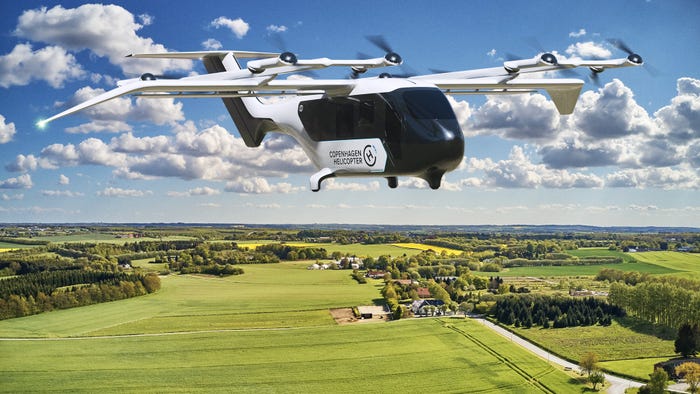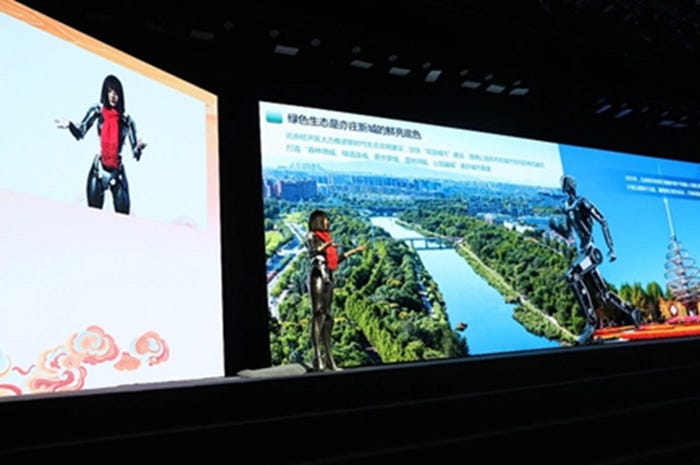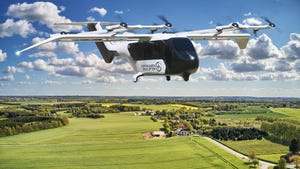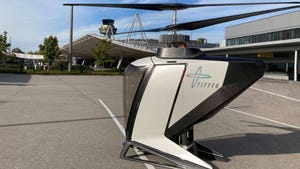Why a Faith-Based Approach to the IoT is a Really Bad IdeaWhy a Faith-Based Approach to the IoT is a Really Bad Idea
This topic provides information about IoT sensors embedded within healthcare-related equipment and attached to or implanted in patients—to collect information that enables monitoring of patient health—as well as the systems used to analyze that information.
April 1, 2016

In a recent survey, we asked business and city government officials what they perceived to be the primary obstacles to leveraging the Internet of Things in their organizations. Among the top five reasons were the high cost of implementation and uncertainty as to whether the IoT would deliver the expected benefits.
But consider what the same people said were the top benefits of implementing an IoT project: Improved asset tracking and monitoring; improved workflow processes; improved security and safety.
It would seem like achieving any one of these benefits would reap big dividends for an organization.
So then why are so many people skeptical about the IoT? And why are they not able to build a compelling business case for it?
“Companies can get sucked in by all the IoT hype, but the challenge for many is that they don’t typically have activity-based accounting in place to know what their true process costs are. So they leap in with a faith-based approach, rather than developing a financially and strategically correct business case,” says Terri Lewis, solutions and technology manager, Caterpillar. Lewis’ division provides advanced technologies and services to help customers get more productivity and efficiency out of equipment and more effectively manage equipment fleets and operations.
IoT projects are particularly problematic. Because their scope tends to impact multiple departments and job functions, there’s even more of a need to tie costs to activities.
And organizational cultures can be stubbornly resistant to change.
Eat Kale; It’s Good for You
This need to think differently is the hardest part of an IoT project. “Telling people that they need to go back and understand their costs and work flows is like trying to convince them that they should eat kale because it is good for them,” Lewis says. “And much like eating kale, which has longer term benefits, you don’t necessarily see the benefits of an IoT project until over many hours or years of operation.”
The culprit for many is one simple line item on the balance sheet: Overhead.
Because overhead is often not accurately allocated to the activities that actually use it, the true costs are not known. Without knowing costs, it goes without saying that it’s impossible to come up with any realistic accounting of the cost savings.
Take a simple example like plant maintenance. Predictive maintenance systems today can reduce costs, eliminate downtime and avoid equipment failure.
But not knowing, for example, how much time maintenance workers actually spend checking to see if a bearing needs replacement (as opposed to actually replacing it) means a potentially big chunk of cost is left out of the ROI calculation.
Not having a good handle on costs has other implications as well. Without good cost controls in place, Lewis points out that it’s really easy a year or two later for someone in purchasing to scrutinize the spending. “When they are not able to link it directly to benefits, they typically push to cancel the project. In that case if the project survives, it’s typically because operations defends the project benefits,” she asserts.
Faith has its Place
While a financially sound business case is almost certainly always a requirement, there may be one area where faith has its place.
“In our experience, quite a few customers start by looking to fix one specific problem. But once they get familiar with the technology and start using the data in a more analytical way, they find other ways to use the data to benefit the organization,” says Ross Yu, product marketing manager for Linear Technology’s Dust Networks group, which provides of wireless mesh sensor networks for industrial applications.
He points to one example where a customer started with improving a maintenance operation and wound up identifying significant energy and operational savings.
“I like to say, ‘Small data, or measuring everyday things, can lead to big benefits,’ and certainly that’s been the case with a lot of our customers,” says Yu.
To fully reap all the benefits of an IoT project—known and unknown—he advises that companies not approach it in a myopic way. “Certain technologies have a ceiling on data rate and number of nodes, and they get chosen because they are simpler and often cheaper,” Yu stresses. “But the trade-off is the potential risk of never getting to that second tier of insight, which might reap even bigger benefits.”
Article was originally published on Industry Week
About the Author
You May Also Like








